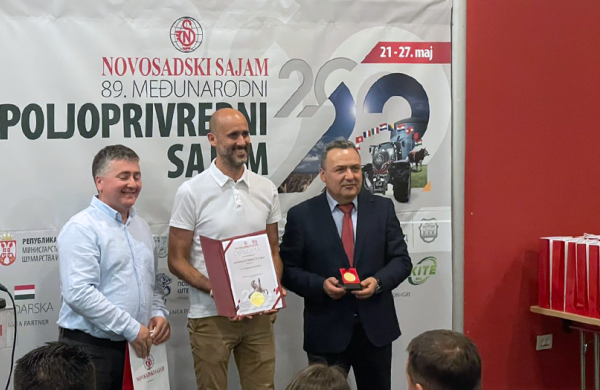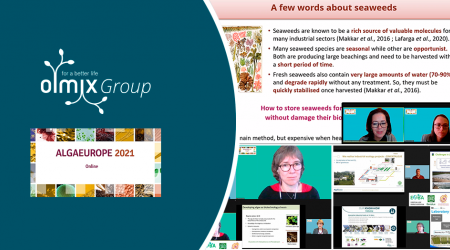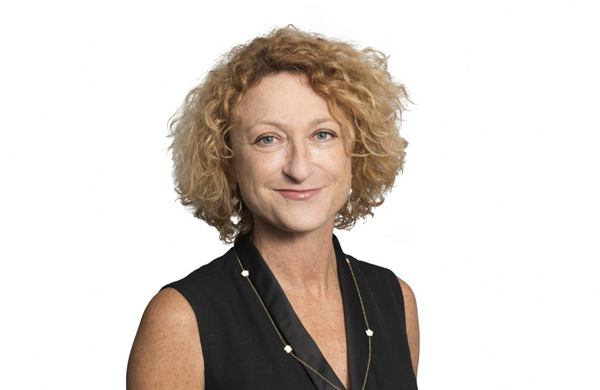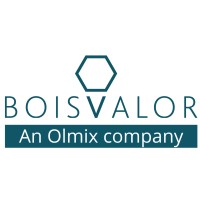Olmix Group highlighted the biological properties of specific algae extracts at EPNOE 2019 in Aveiro, Portugal.
Seaweed polysaccharides, their ecological and economical role, their rheological and biological properties as well as their diversity of applications were addressed by Olmix Group at the recent International Polysaccharides Conference in Aveiro, Portugal.
On this occasion, Ms Pi Nyvall, Olmix Group’s Scientific Director contributed to the conference program through a keynote speech giving a deep insight into the algae sector with its current applications and great potential for innovation and discovery, and offered diverse perspectives, evidences and solutions of this very unique marine resource.
“Seas and oceans constitute the 70% of the Earth’s surface and 50% of the global primary production, while coastal zones constitute the 7% of the globe’s surface and the 20% of primary production. At the same time, two thirds of marine biomass is composed by macrophytes, while 50% of this macrophyte biomass is made of polysaccharides,” the expert said.
Seaweed polysaccharides possess a wide range of applications based on their rheological properties but are also particularly rich in different biologically active compounds that have gained great interest in the past decades, which are the object of increasing research for identification of novel applications. The diversity of seaweed polysaccharides is a result of their multiple physiological roles such as energy storage, osmoprotection, development, defence reactions and tissue integrity.
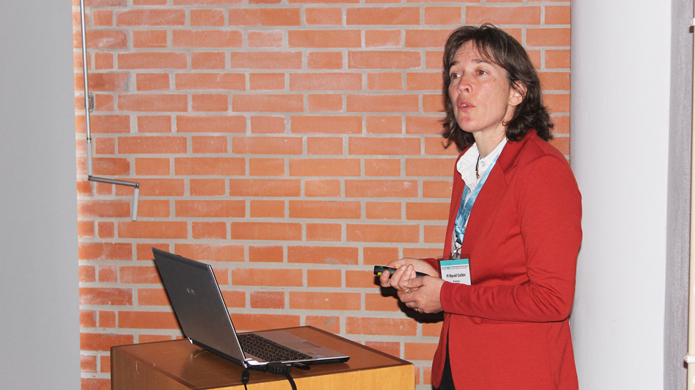
Ms Pi Nyvall (Olmix Group). – ©EPNOE
But what makes seaweeds different? Considering all the potential applications they can have across industries on plant, animal and human health, algae’s wide and unique properties make them a powerful tool to be used as anticoagulant, antimicrobial, antiproliferative, antitumoral or as an immunomodulatory asset.
The base of Olmix industrial concept
Olmix Group has become a worldwide actor in terms of marine biotechnology and circular economy via an integrated value chain from harvest to the final product. This means collecting algae from the coast, a biorefinery process for valorizing their extraordinary properties and finally developing natural algae-based products for plants and animals, organised in programs in order to propose healty food products to the final consumer.
“Thanks to research, we have come up with diverse technologies to address the main challenges in animal and plant production. Indeed, these bioactive algal extracts-based technologies have led us to create several product lines that, placed in comprehensive programs, allow to tackle challenges such as to reduce the consumption of antibiotics in animal husbandry or the reduction of pesticides and chemicals in agriculture,” the expert explained.
